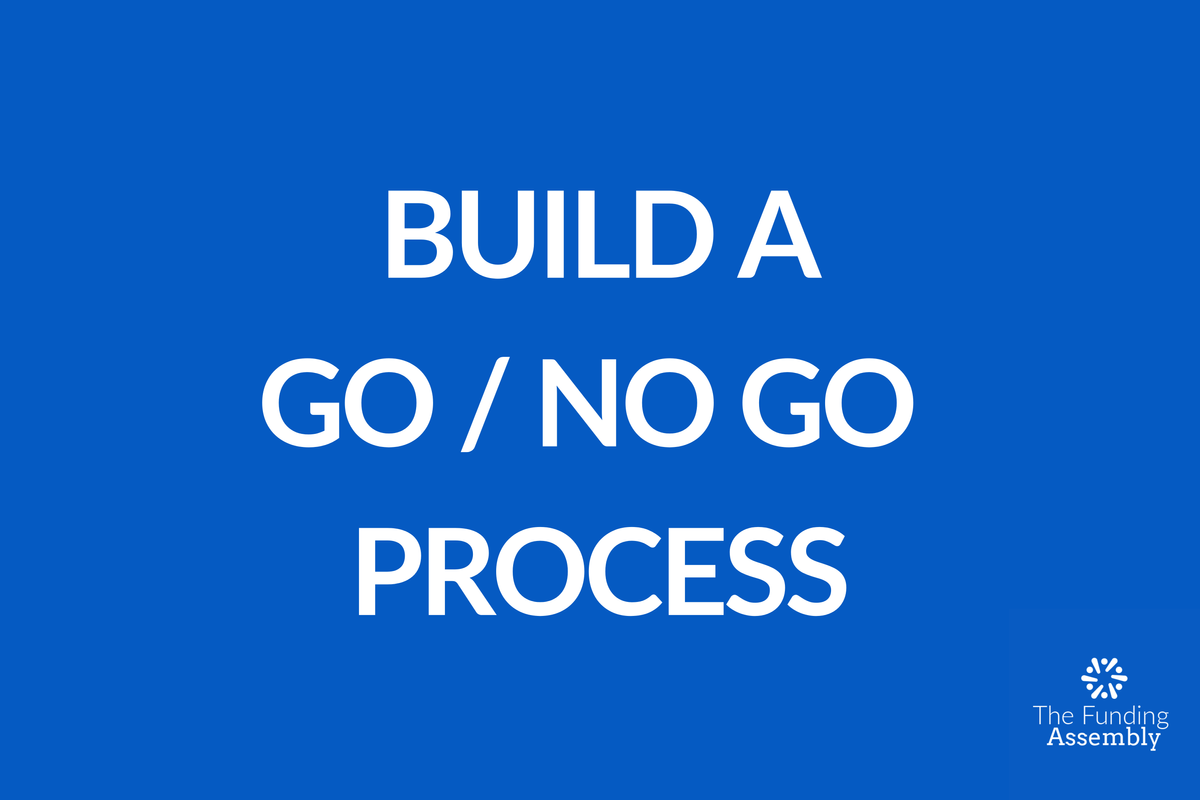Keywords: selling business, merger and acquisition process, F&B business sale, SME M&A Singapore, buyer diligence checklist, deal-breakers in M&A, business valuation, succession planning F&B, SME M&A Southeast Asia
At The Funding Assembly, one crucial approach to navigating the sale successfully is the Weekly Go/No-Go Framework — a disciplined checklist-driven system that helps sellers, buyers, and advisors focus on what truly matters during due diligence. This framework cuts through the noise, highlights critical deal-breakers early, and helps you make confident, data-backed decisions—saving time, money, and emotions.
In this article, we’ll walk you through the seven essential steps of the Weekly Go/No-Go Framework, explain why it works so well in SME deals, and share actionable insights to help you avoid common pitfalls. Whether you’re a business owner considering selling, a corporate buyer, or an M&A professional, mastering this framework will be key to a successful and legacy-preserving transaction.
1. Write Your Deal-Breaker List
The first and arguably most important step in any merger or acquisition is identifying your deal-breakers — the non-negotiable facts that, if true, would make the deal unviable.
For example, imagine you’re looking to acquire a popular restaurant chain in Malaysia. You discover that the company’s EBITDA (earnings before interest, taxes, depreciation, and amortization) is overstated by 30%. Or 60% of the revenue comes from a single corporate client who is on the verge of switching suppliers. Worse still, the founder is the key driver behind operations with no replacement plan.
These are not mere concerns — they are hard limits informed by prior deals, board inputs, and industry benchmarks. Listing these deal-breakers early helps you avoid wasting months chasing deals that simply won’t work.
Actionable tip: Use your past experiences or advisory board insights to define specific no-go thresholds. Write them down and treat them as your litmus test throughout the deal process.
2. Prioritize the List
Not every risk on your deal-breaker list has the same impact or difficulty to resolve. After identifying your deal-breakers, the next step is to prioritize them based on:
- Impact: Which risk has the largest potential downside? For instance, overstated EBITDA directly affects valuation and expected returns.
- Complexity: Which issues are hardest to fix? Lack of a replacement for a founder might be insurmountable.
- Tolerance: Are there risks you can mitigate or structure around? For example, heavy customer concentration can sometimes be mitigated with contractual protections or price adjustments.
Prioritizing ensures your due diligence effort focuses first on what matters most and is least likely to be fixed. This approach prevents you from spending time on minor issues while the deal’s biggest problems linger unnoticed.
3. Define Decision Criteria and Work Plan
Next, for each priority risk, define clear decision criteria: what evidence or information will confirm or rule out the issue?
Examples include:
- Ordering a Quality of Earnings (QoE) report to validate EBITDA.
- Interviewing the management team to assess key-man risk.
- Meeting with top customers to verify revenue stability.
This step creates a concrete plan and methodology for investigation. Importantly, if a seller blocks access to vital information — such as refusing customer interviews or withholding financial data — that is often a red flag signaling lack of transparency or hidden risks.
Actionable tip: Document your decision criteria and required information clearly. If access is denied, consider using deal structures such as seller notes or price reductions, or prepare to walk away.
4. Focus on One Issue at a Time
Due diligence can feel overwhelming because of the volume of data and tasks. However, it’s critical to focus on one high-priority issue at a time rather than chasing multiple minor items simultaneously.
Why?
Because spending weeks analyzing less critical issues can delay uncovering a deal-killer. For example, if you spend two weeks on staff turnover and only later discover EBITDA was overstated by 35%, you’ve lost valuable time and resources.
Best practice: Clear your highest priority risk before moving down your list. This focused approach accelerates progress and keeps your team aligned.
5. Execute the Work
Now it’s time to put your plan into action — performing analyses, documenting findings, and sharing updates regularly with your stakeholders.
Track the following carefully:
- Findings: What does the data say?
- Open risks: What remains unresolved?
- Mitigation plans: How will you address remaining risks?
Use dashboards or trackers to maintain transparency and keep investors or advisors informed. Regular reporting builds trust and enables better collective decision-making.
Pro tip: Treat this step as a full-time commitment. Diligence is not a side task — it’s the most crucial part of deal success.
6. Evaluate Unresolvable Risks
Despite your best efforts, some risks will remain unresolvable. Here, a key question arises: Can you price or structure around the risk?
For example:
- If a founder is irreplaceable and unwilling to stay post-sale, that risk might be too high.
- If customer concentration is high but you can negotiate warranty clauses or deferred payments, you might accept it.
Ask yourself:
- Will I regret this decision if problems arise after closing?
- Knowing these risks, would I do this deal again in two years?
If the answer is no, it’s likely a no-go.
7. Weekly Check-In: Go or No-Go
Finally, make it a discipline to review progress weekly and decide whether to proceed or walk away.
Ask yourself:
- Do I have enough confidence in this deal based on current knowledge?
- Have we made sufficient progress on top priority risks?
- Are unresolved risks or new red flags piling up?
If too many deal-breakers remain or new concerns appear, be honest. Walking away early saves time, money, and emotional energy for better opportunities.
Why This Framework Works for SME M&A
The search for the right deal in the food and beverage SME sector is highly emotional — every Letter of Intent (LOI) feels like "the one." Yet most deals break down late, often after months of wasted effort.
The Weekly Go/No-Go Framework provides:
- Speed: Kill bad deals faster, focusing on what truly matters.
- Clarity: Work through real, material risks rather than surface-level tasks.
- Control: Maintain discipline, preventing drift or avoidance of tough questions.
In a highly competitive market like Southeast Asia’s sector, speed and clarity mean the difference between success and costly failure.


